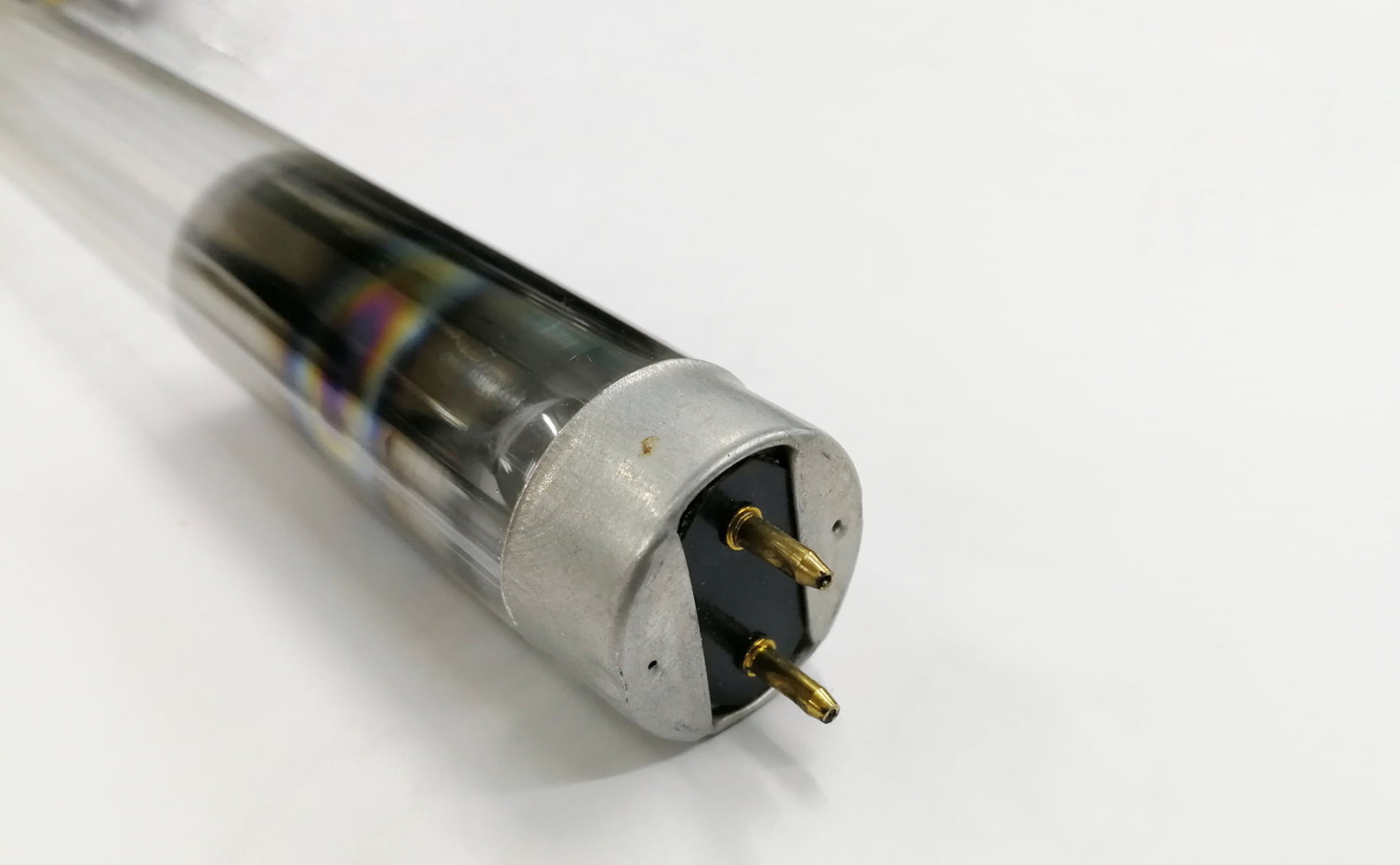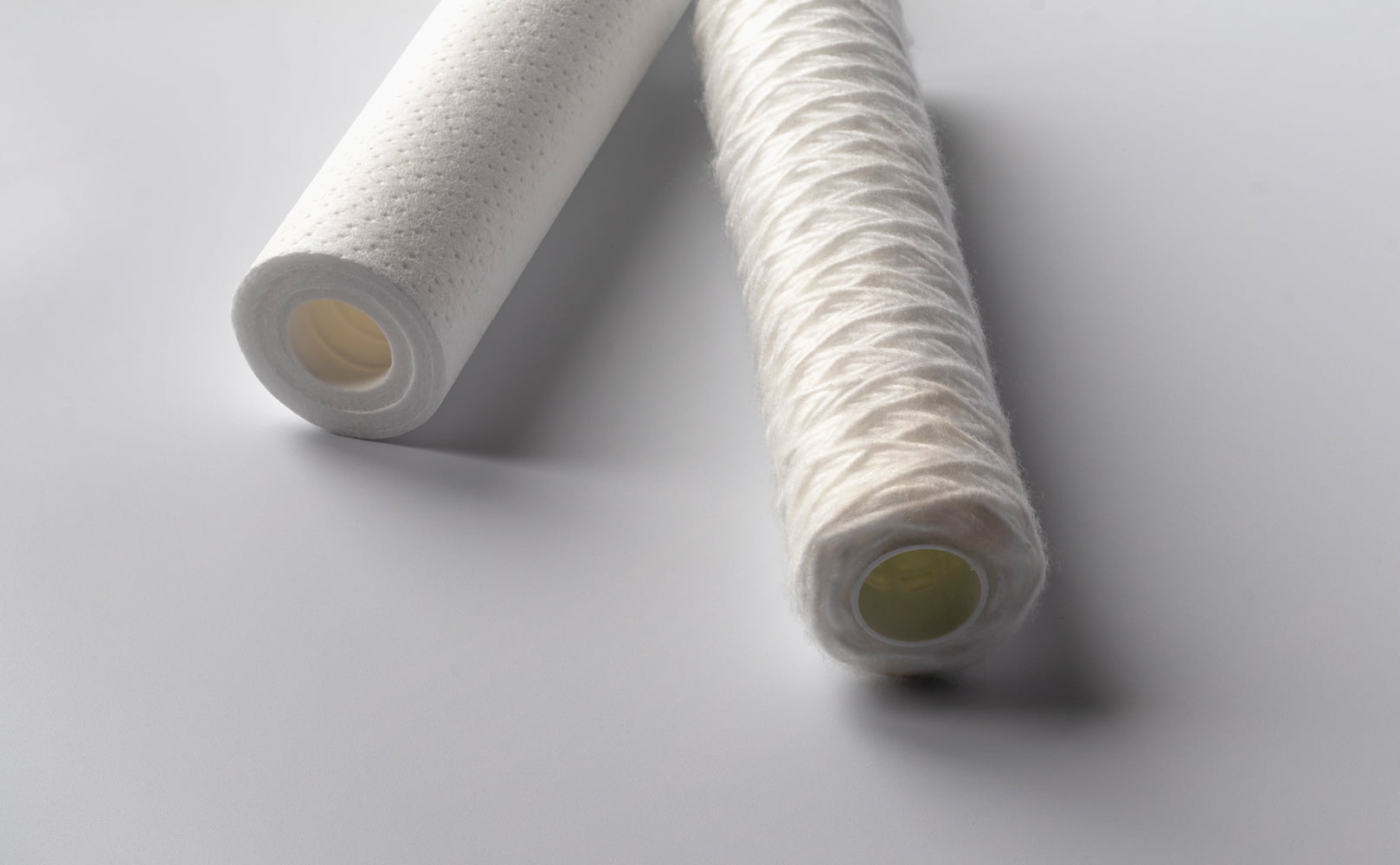How to Check a UV Lamp in a UV Water Purifier
Written by: Gene Fitzgerald // Last Updated: Dec 14, 2022
This page may contain affiliate links. If you buy a product or service through such a link we earn a commission at no extra cost to you. Learn more.
A UV water purifier can improve the quality of your home’s drinking water by killing various microorganisms that could otherwise pose health risks.
But to serve its purpose, the purifier’s UV lamp must be working properly.
It’s wise to regularly check your system’s UV lamp to confirm it’s in good working order. This overview will explain how to do so.
Key Takeaways
- The UV lamp of your UV water purifier needs to be checked regularly to ensure it’s disinfecting your home’s water.
- Checking the lamp may involve confirming it’s on, checking for a bulb that is leaking or needs to be replaced, or testing your water for the presence of microorganisms.
How to Check a UV Lamp in a UV Water Purifier
There are several ways to check your UV lamp to confirm it’s still disinfecting your water. They include the following:
How to Check If Your UV Lamp Is On
Check the manufacturer’s instructions regarding how to remove your UV purifier’s end-plug. This may be a plastic cap or similar item that allows you to inspect the bulb chamber.
You should see a blue light when you remove the end-plug. If you see a light, the bulb is on and working. If you don’t, try one of the following solutions:
- Confirm the receptacle where your UV purifier is plugged in is receiving power;
- Confirm there is no damage to the wiring;
- Confirm the connector plug linking the power supply and the UV lamp’s bulb is secure;
- Confirm the ballast is delivering power to the bulb, and replace it if not;
- Replace the ballast if its alarm is sounding despite the fact that you’ve recently installed a new bulb.
How to Check for a Bad Bulb
A UV purifier’s lamp ballast will usually sound an alarm when a UV bulb is no longer working properly. Additionally, if the ballast has a warning light, instead of being green, it may be orange or red.
Follow the manufacturer’s instructions for replacing a UV bulb when the ballast alarm sounds. Throughout the process, be sure not to look directly into the UV light. Doing so can harm your eyes.
How to Check for Lamp Leaks
A UV lamp can leak, meaning there could be water leaking into the inside of the glass sleeve.
As this won’t cause water coming out of the outer steel chamber, it’s an issue that’s harder to detect.
Thus, whenever you maintain your UV system remember to check if you can see any water inside the quartz sleeve and if so, try to either fix the leak or replace the entire assembly.
Test Your Water
The purpose of the UV lamp is to kill microorganisms in your water. One of the best ways to check if it’s working is to test your water regularly.
You can do so with a DIY test kit, or you can send a sample of your water to a professional lab for testing. This might be necessary if you want to check for the presence of microorganisms that a DIY test kit can’t check for. If test results indicate your UV water purifier isn’t killing all microorganisms as intended, replacing the bulb may solve the problem.
Further Tips on How to Maintain a UV Water Filter System the Right Way
You can take the steps above when you suspect your UV water filter system isn’t doing its job. You may also optimize the system’s performance by staying on top of these basic maintenance tasks:
1. Replace UV Lamp Annually
Most light bulbs “burn out” over time and need to be replaced. That’s not exactly what happens to a UV bulb. Instead, a UV bulb will literally run out of mercury, meaning it will reach a point at which its wave intensity decreases by nearly half. This can prevent it from killing microorganisms in your water.
It usually takes about a year for a UV bulb to reach this point. Thus, you should replace yours annually. Remember to check the manufacturer’s instructions when doing so.
2. Clean Quartz Sleeve Annually
Within a UV water purifier, a quartz sleeve houses the UV lamp. Over time, this sleeve may become clouded due to minerals and debris in your water.
The UV light can’t penetrate the quartz sleeve as effectively as it should when this happens. This will stop it from killing germs.
When replacing your UV bulb every year, thoroughly clean the quartz sleeve as well. This involves:
- Wearing gloves (and changing them periodically) to prevent oils on your skin from damaging the sleeve
- Following the manufacturer’s instructions for removing the quartz sleeve
- Cleaning the sleeve with a non-abrasive vinegar-soaked cloth
- Rinsing the sleeve with water
Be aware, cleaning the quartz sleeve once a year is a general rule of thumb. If you have hard water (water with a high mineral content), you may need to clean your sleeve more often. Check it every few months to determine if cleaning is necessary.
3. Replace Quartz Sleeve Every 2 Years
Regularly cleaning a sleeve won’t permanently stop its condition from deteriorating. You should also replace the sleeve entirely every two years.
4. Change Pre-Filters Regularly
A UV purifier may kill microorganisms, but to thoroughly boost your water’s quality, combine it with a separate pre-filter system. This will remove sediment, dirt, etc., and protect your UV water filter system from damage.
Just as you need to maintain and check your UV purifier, you also need to maintain your pre-filter system. Regularly confirm it’s working properly and change your pre-filters according to the manufacturer’s recommendations.
5. Monitor UV Light Dosage
Some UV purifier systems have sensors that reveal the degree to which your bulb’s UV light is penetrating the quartz sleeve and disinfecting your water. If this sensor or light intensity meter shows your UV light penetration isn’t sufficient to kill microorganisms in the water, clean the quartz sleeve. If this doesn’t result in significant improvement, replace the bulb.
That said, your system might not come with this type of sensor. Simply adhere to the manufacturer’s recommendations for cleaning the sleeve and replacing the bulb if so.
If you have any questions about how to check a UV lamp in a water purifier please don’t hesitate to leave a comment below!
Information provided on BOS is for educational purposes only. The products and services we review may not be right for your individual circumstances.
We adhere to strict editorial guidelines. Rest assured, the opinions expressed have not been provided, reviewed, or otherwise endorsed by our partners – they are unbiased, independent, and the author’s alone. Our licensed experts fact-check all content for accuracy. It is accurate as of the date posted and to the best of our knowledge.



